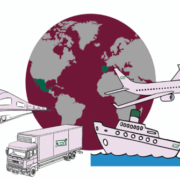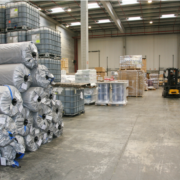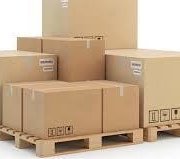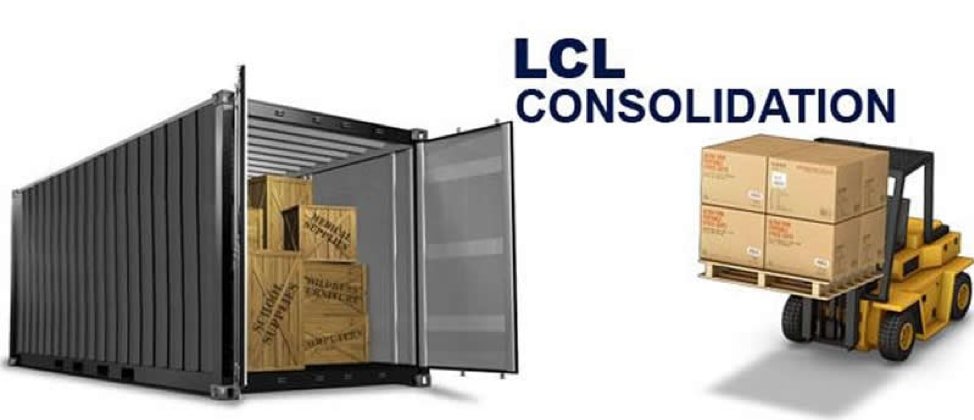#DidYouKnow – Short guide on packaging and security
In this article for #DidYouKnow we think about the packaging and security of consolidated shipments (groupage). The question we aim to answer is how the should the boxes be transported? Several factors are the key to ensure the safe arrival of the goods at their destinations. These include:
– Packing: Packing must be made and manufactured “to measure” to avoid potential movements of the goods inside the wooden boxes.
– Handling: It is very important to pay special attention to the markings on the boxes, which contain information for correct handling.
– Storage: The conditions and duration of storage should be adequate to avoid any potential damage to the box, which could result in the damage of some (if not all) of the goods stored within.
– Transport: The packaging must be conditioned for the type of transport used.
Alongside these factors, the actual transport of our goods needs to be considered when planning the packaging of our goods. This can be sub-divided into the different transport modes:
- Maritime:If the packaging is going to travel by sea, its destination, the type of container in which it will travel and the main components of the merchandise need to be taken into consideration prior to the packaging.We must bear in mind that the merchandise will be subjected to high levels of humidity, condensation and salinity. Therefore, for this type of transport, and in particular when dealing with goods that comprise electrical components, it is wise to use VCI protections, which release a series of micro particles that adhere to the goods and help reduce the risk of oxidation. Though mitigating the risks, these protections can’t fully guarantee the avoidance of moisture.Another common protection used by industry professionals is the use of barrier protections. These include the placing of a cover of an aluminum complex applied to a vacuum next to desiccant salts. This creates a microclimate within the cover, which allows the cargo to withstand pressure changes and avoids oxidation or corrosion of the goods within.
- Air:The packaging that travels by air is subject to sudden changes in temperatures, condensation and humidity. As such, the protections used within packaging mimic those used in maritime transport (see above).
- RoadGenerally, ground transportation does not call for specific protection unless the goods themselves, the warehouses visiting on the route, or the places visited during the transport journey call for it. Therefore, the packaging of road transport goods needs to be considered on an individual basis.
In all of the three cases listed above, lashing of the packaging needs to be considered. Lashing the merchandise ensures that it is completely immobilised. The goal is to prevent possible damages to the goods caused by blows, rubbing, displacements or overturns during transport.
Lashing of goods
Lashing is a very important in ensuring that goods arrive in perfect conditions at their destinations. What is lashing? It refers to the immobilising and attaching of the merchandise to the container, ship or truck.
There are no restrictions – all types of cargo can be lashed, whether they will be transported by air, sea or land.
It is called for whenever there is some free space between the cargo and the container. Lashing is done by means of slings and tensioners or airbags; this further depends on the characteristics and needs of the merchandise.
Occasionally, wood reinforcements can be used to stabilise the load and make the lashing safer. For example, vehicle transport can require standard lashing that consists of a sling system or mixed lashing (which uses standard lashing with an added wooden ring around the wheels for greater protection).
Both packing and lashing are key for the correct transport of consolidated loads. If they are not done correctly, they can cause accidents and result in (potentially very pricy) damages in the transport of goods. The packaged goods need to travel in the best possible conditions for content protection and load security, ensuring that the products arrive in pristine states at their destinations.
If you want to know more about packaging in consolidated transport, check out our upcoming course on Groupage and Consolidation Centres scheduled for the 17-19 of June 2019.
Written by:
- Beatriz Jiménez, Servicios Recipe TM2, S.A.







